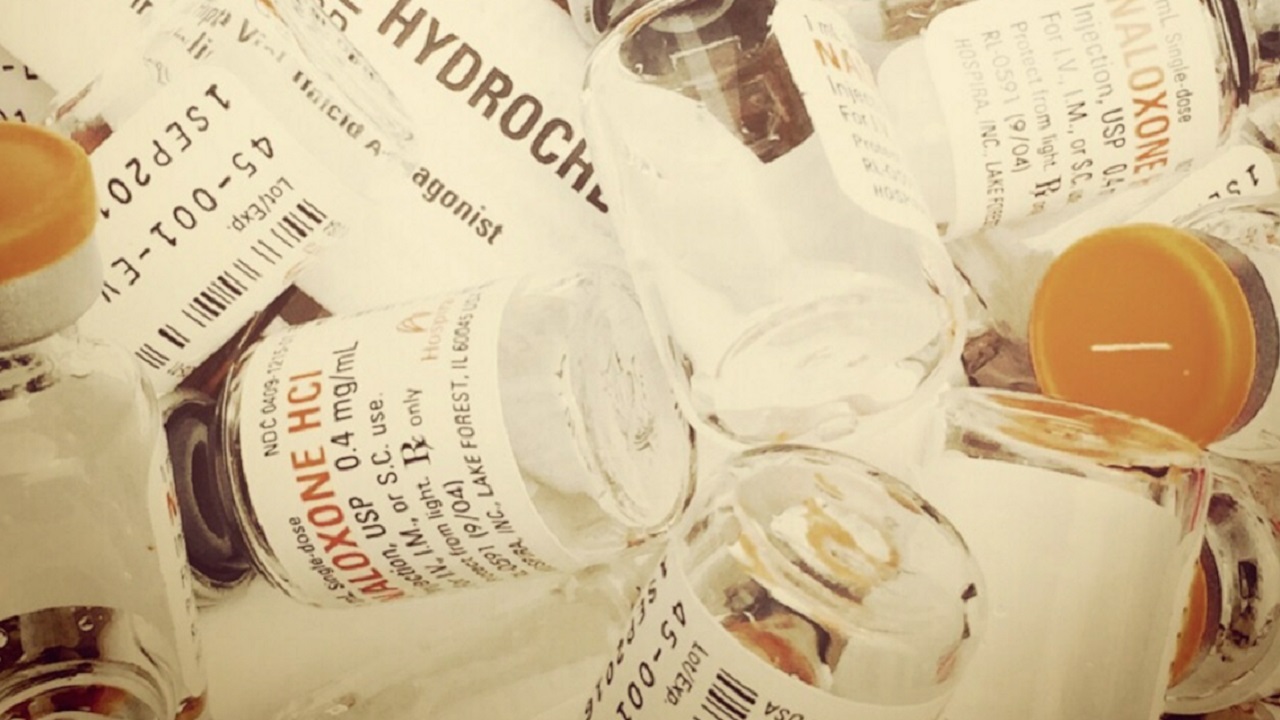 Special to the Philanthropy Journal
Special to the Philanthropy Journal
By Tessie Castillo
In 2012 Mary Rogers, a 61-year old woman in Mebane, North Carolina, learned that her 27-year-old son had died of a drug overdose. Pain and grief so consumed her that she was sure she had reached the limits of what any human can endure.
Then in April 2015 she lost her 23-year-old daughter, also to drug overdose.
Mary’s loss is unfortunately endured by thousands of parents a year in North Carolina. Drug overdose is the second leading cause of accidental death after car accidents, claiming over 1,100 North Carolinians annually. It’s a silent epidemic that crosses race, class, age, gender, and every other boundary. Anyone can die of a drug overdose. But no one should have to. 
Shortly after her daughter’s death, Mary Rogers went searching for answers. She reached out for help to find meaning in her loss and an opportunity to help others avoid the pain she bears. She found this in the North Carolina Harm Reduction Coalition (NCHRC).
Founded in 2004 and incorporated in 2006, the North Carolina Harm Reduction Coalition is a statewide nonprofit that connects people who struggle with addiction to harm reduction services, such as overdose prevention programs, HIV/hepatitis C prevention, and opportunities to advocate for changes that affect them. At it’s core, harm reduction means meeting people where they are at and encouraging any positive change, however the person chooses to define it, whether it be accepting education on drug overdose prevention, abstaining from drugs, or anything in between.
Because harm reduction programs do not require beneficiaries to stop using drugs, they are often controversial. Critics sometimes argue that the life of a person who chooses to use drugs is not worth saving and that by offering services without requiring abstinence from drugs, harm reduction programs are encouraging drug use, or even enabling it. When working with people who actively use or abuse drugs, many of whom have criminal backgrounds, it can be hard to find public sympathy.
“Part of our job is showing that people who use drugs are worth helping,” says Robert Childs, Executive Director at NCHRC. “These populations are so marginalized and stigmatized that we forget that every person who uses drugs is someone’s child, neighbor, co-worker, and friend. We can’t afford to lose them.”
One of the more controversial harm reduction methods is syringe exchange programs that offer sterile syringes to people who inject drugs in exchange for used ones. Decades of experience with syringe exchange programs worldwide has revealed striking benefits: sharp reductions in HIV and hepatitis C transmission among injection drug users, a decrease in needle-stick injuries to law enforcement and members of the general public, and fewer syringes found discarded in public places where they could harm children or others. Syringe exchange programs do not increase crime or drug use, and in fact are shown to decrease drug use because they are very effective at connecting participants to treatment.
That hasn’t stopped the state of North Carolina from declaring all syringe exchange programs illegal on the grounds that they “send the wrong message.” So while NCHRC cannot run a program, they do advocate at the General Assembly and among the public for common-sense disease prevention strategies such as syringe exchange.
Not all harm reduction programs are controversial. NCHRC’s most popular program is the Overdose Prevention Project. Through this project, NCHRC staff offers free trainings throughout the state on how to recognize and respond to a drug overdose. Additionally, the organization distributes rescue kits containing a medicine called naloxone, or Narcan. Naloxone is a safe, effective drug that reverses overdose from opiates such as heroin, methadone, and most pain pills. Paramedics have used it for decades to respond to opiate overdose, but in 2013 NCHRC and other advocates successfully helped pass a new law in North Carolina that made naloxone available to lay people at risk for overdose or who know someone at risk for overdose.
Since the law passed, NCHRC has distributed over 12,300 kits free of charge to people at risk for a drug overdose and their loved ones and has received reports of 750 lives saved.
“I wouldn’t be here if I hadn’t had multiple chances [at recovery],” says Conner Adams, a former heroin user and current naloxone distributor for NCHRC. “In the end, I think what helped me was seeing compassion towards [drug users] and not the shaming that I heard most of the time. Naloxone offers compassion and a second chance, which is what [drug users] need to have hope in themselves and in recovery.”
Ultimately, the North Carolina Harm Reduction Coalition hopes to reframe the drug debate as a public health issue, not a criminal one. That means emphasizing access to drug treatment and health care services, while decreasing the use of purely punitive measures such as incarceration to deter drug use. It also means recognizing the value in every human life whether or not a person struggles with addiction or uses drugs. Harm reduction programs may not keep people from making mistakes, but they keep them alive long enough to learn from them.
Tessie Castillo is the Advocacy and Communications Coordinator at the North Carolina Harm Reduction Coalition. She writes a regular column for The Huffington Post on overdose prevention, drugs, sex work, HIV/AIDS, law enforcement safety and health. NCHRC is North Carolina’s only comprehensive harm reduction program. NCHRC engages in grassroots advocacy, resource development, coalition building and direct services for those made vulnerable by drug use, sex work, overdose, immigration status, gender, STIs, HIV and hepatitis. NCHRC also provides resources and support to the law enforcement, public health and provider communities.





